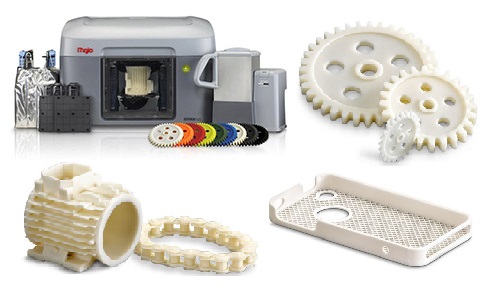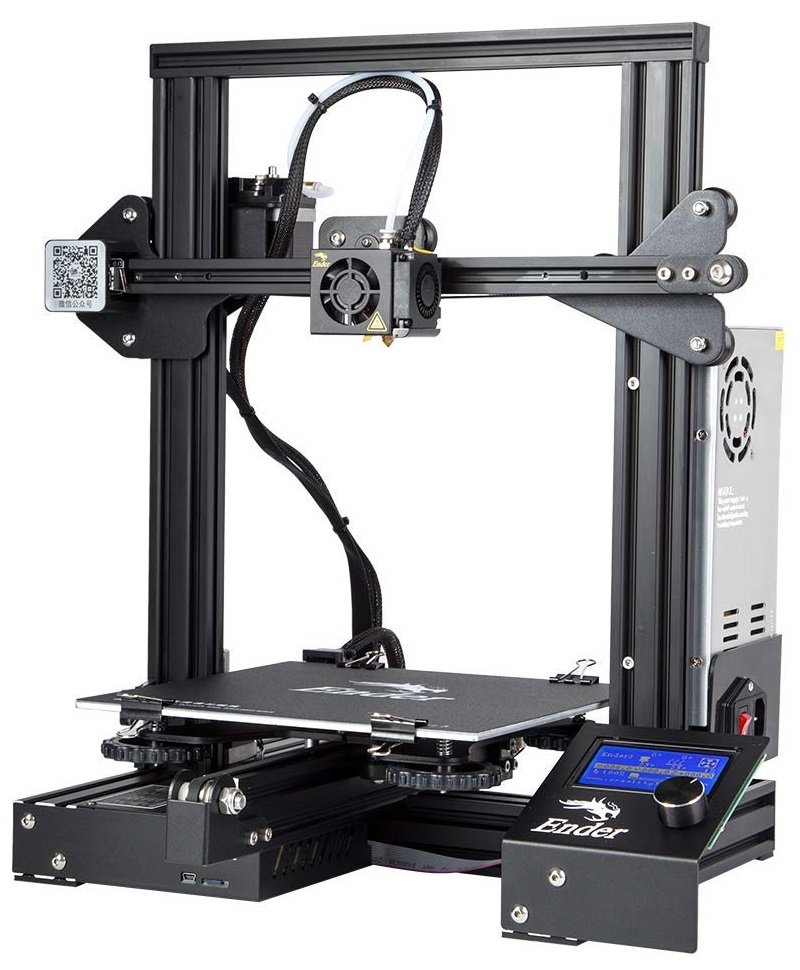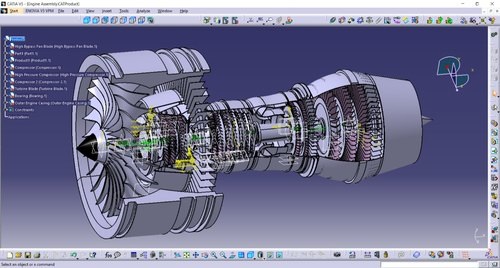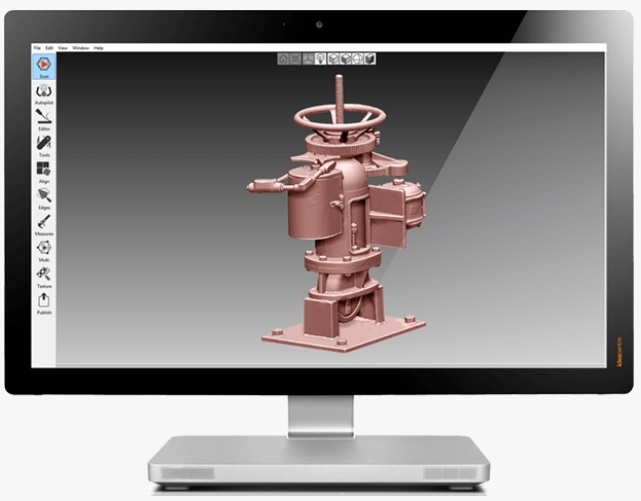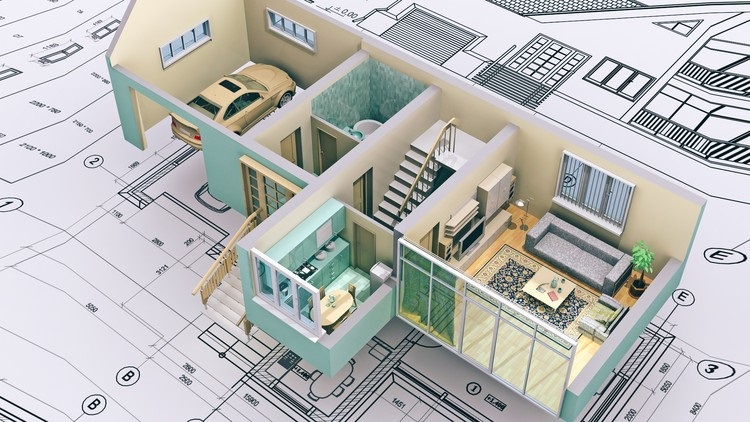3D Printing/Additive Manufacturing Lab
|
Objectives: 3D Printing is a manufacturing technology that is much faster than all conventional manufacturing technologies. Many manufacturers use 3D printing or additive manufacturing technologies to produce airplane parts, prosthetic limbs, and even 3D-printed medications. 3D printing also provides many opportunities to aid visual and practical learning across the sciences. 3D-printed components are often used as test models for scientific experiments across different disciplines, including mechanical engineering, aerospace, and robotics. Additive Manufacturing / 3D Printing Lab is equipped with various configurations of 3d Printers, Professional 3D Scanner, also has flagship CAD/CAM software packages and high-end CAD/CAM workstations to meet the present industrial requirements.
The lab is aimed at giving exposure and enhancing the knowledge and skills of engineers involved in the operation use of 3D Scanners, 3D Printers, CAD packages and for those who want to provide training to others in this area. It gives exposure and on hand experience in the field of Additive Manufacturing / 3D Printing, 3D scanning and, reverse engineering, some of the facilities available as follows: |
|
|
Main Equipment’s and Software Available |
|
|
1. ARTEC Space Spider-Industrial 3D scanner ARTEC Space Spider is a high-resolution 3D scanner based on blue light technology. It is perfect for capturing small objects or intricate details of large industrial objects in high resolution, with steadfast accuracy and brilliant color. The scanner’s ability to render complex geometry, sharp edges and thin ribs sets our technology apart. It is an ideal industrial 3D scanner for high resolution capturing of objects such as molding parts, PCBs, keys, coins or even a human ear, followed by the export of the final 3D model to CAD software. Space Spider offers almost unlimited possibilities in areas such as reverse engineering, quality control, product design and manufacturing. |
|
|
|
2. MOJO 3D Printer The Mojo 3D Printer from Stratasys brings affordable, professional 3D printing to your design process. Powered by proven Fused Deposition Modeling (FDM) technology, you can trust the Mojo to empower your design creativity. Whether you’re testing for form, fit or function, Mojo works easily with your CAD software- bringing your ideas to life with just the push of a button. FDM technology allows you to build spot-on functional concept models and rapid prototypes. The Mojo 3D Printer allows you to print professional grade 3D models in ABSplus thermoplastic – at a price lower than other professional 3D printers. |
|
3. Creality Ender 3D Printer Creality Ender DIY bl touch 3D printer kit has easy assembly mechanism with a thermal runaway protection function for education and architecture module making. It has a build volume of 220 x 220 x 250mm, a BuildTak like heated build plate, power recovery mode and a tight filament pathway that makes it easier to print with flexible materials. The Creality Ender 3 is an excellent option for beginners or makers on a budget. |
|
|
|
4. Catia V5 CATIA software (an acronym of Computer Aided Three Dimensional Interactive Application) is a multi-platform software suite for CAD, CAM, CAE, PLM and 3D, developed by the French company Dassault Systèmes. When you learn to use CATIA you also learn to work with leading-edge technology and play an important role in innovation. You get to put your imagination to work at full-speed because with CATIA there are no boundaries. Using CATIA, you are equipped with the most versatile design tool that’s applied in a multitude of industries. |
|
5. ARTECH Studio The smart 3D scanning software is meticulously designed to provides the most seamless scanning experience and is the ultimate solution for 3D data capture and processing. This comprehensive 3D imaging software includes an Autopilot mode that automatically chooses the best algorithms for captured data to develop the most accurate 3D model. ARTEC Studio handles datasets of up to 500 million polygons, so you can create 3D models of even very large objects and in maximum resolution. It easily capture any object using 3D Radar mode and process the data from your scan with the use of powerful automated 3D digitization technologies. ARTEC Studio’s advanced PBR algorithms can rid your scans of glare automatically, saving hours of time. |
|
|
|
6. PTC Creo Creo is a family or suite of Computer-aided design (CAD) apps supporting product design for discrete manufacturers and is developed by Parametric Technology Corporation (PTC). The suite consists of apps, each delivering a distinct set of capabilities for a user role within product development. Creo provides students the opportunity to work with state-of-the-art 3D CAD software, enabling them to take ideas and concepts and turn them into products. Creo offers the best preparation to become an Engineer of the Future, by putting design, analysis, and simulation tools directly in the hands of students |
|
7. AutoCAD AutoCAD is a commercial Computer Aided Design (CAD) and drafting software application developed and marketed by Autodesk. With AutoCAD, you get access to seamless workflows, specialized industry tool-sets and new automations to help you achieve the ultimate productivity in 2D and 3D design. Get powerhouse performance, visualize Xref changes, enhanced Blocks capabilities and version control to take your designs to the next level. Built for the way you work and built for the future. |
|
|
|
8. Some Project Experiment a) Building prototypes to encourage creativity and critical thinking. b) Enable students to use CAD software to solve problems and 3D print prototypes of their models. c) Teaching complex geometry concepts with 3D printing visualizations, which help improve imagination. d) Embedding 3D printing and Reverse engineering techniques |








